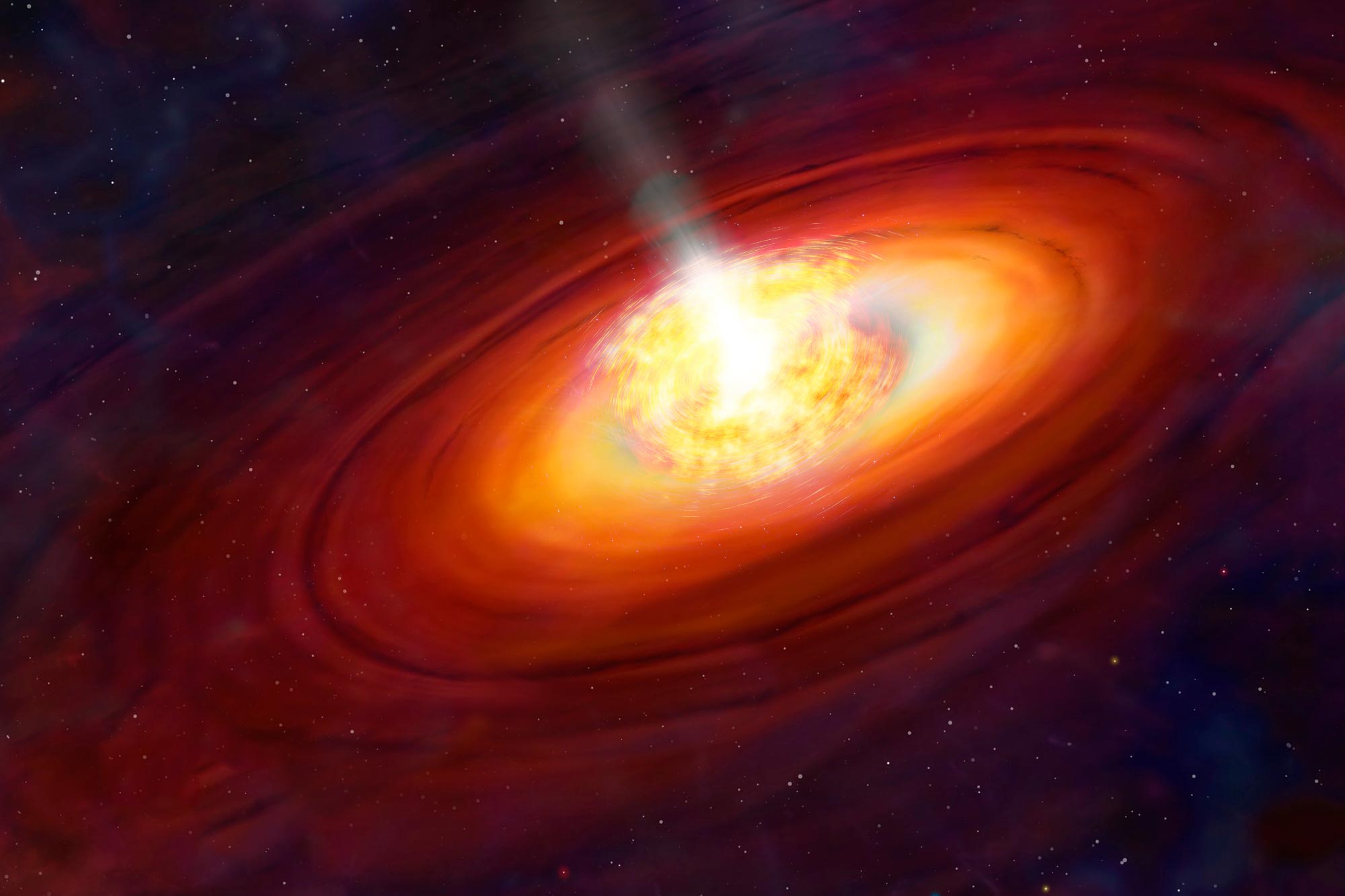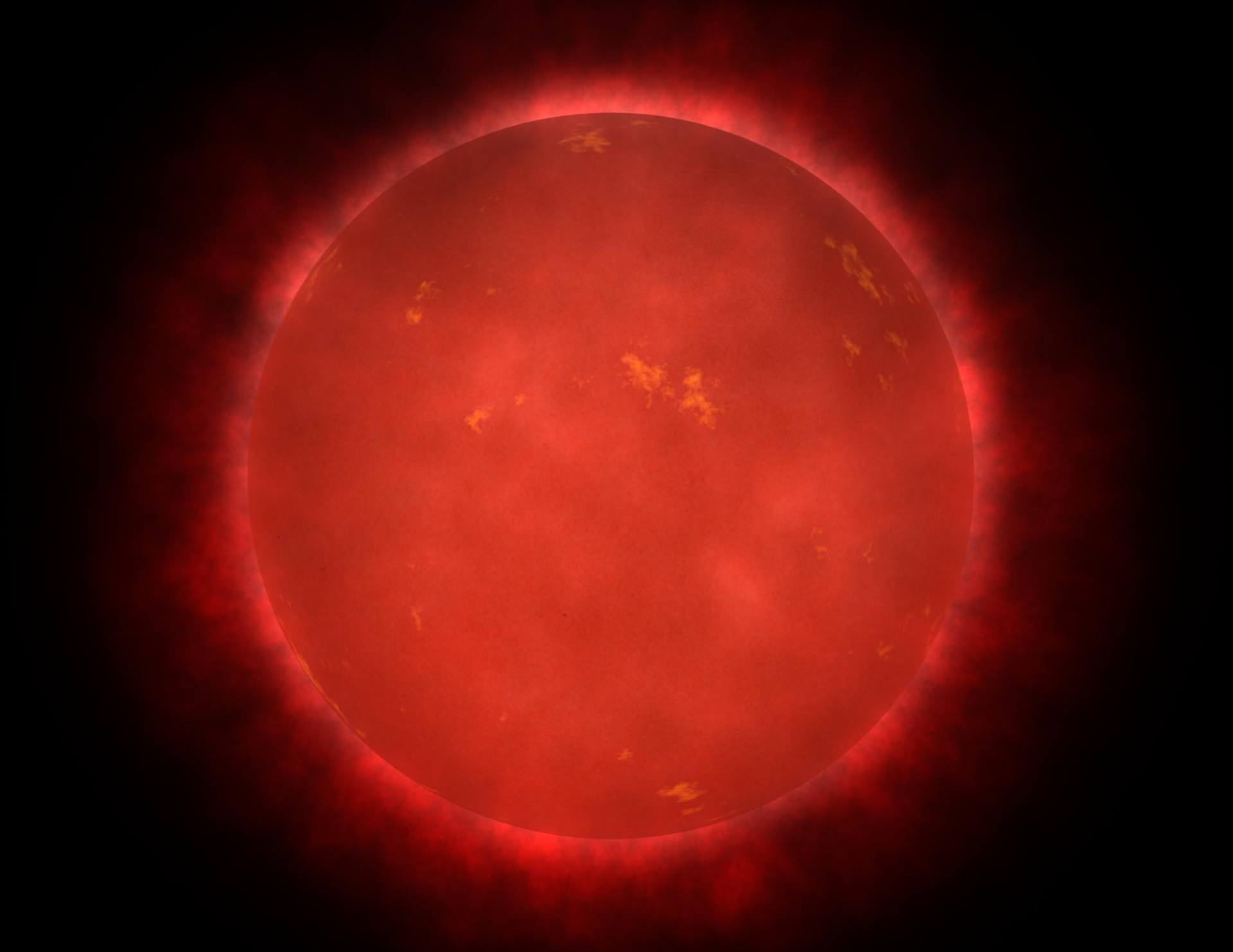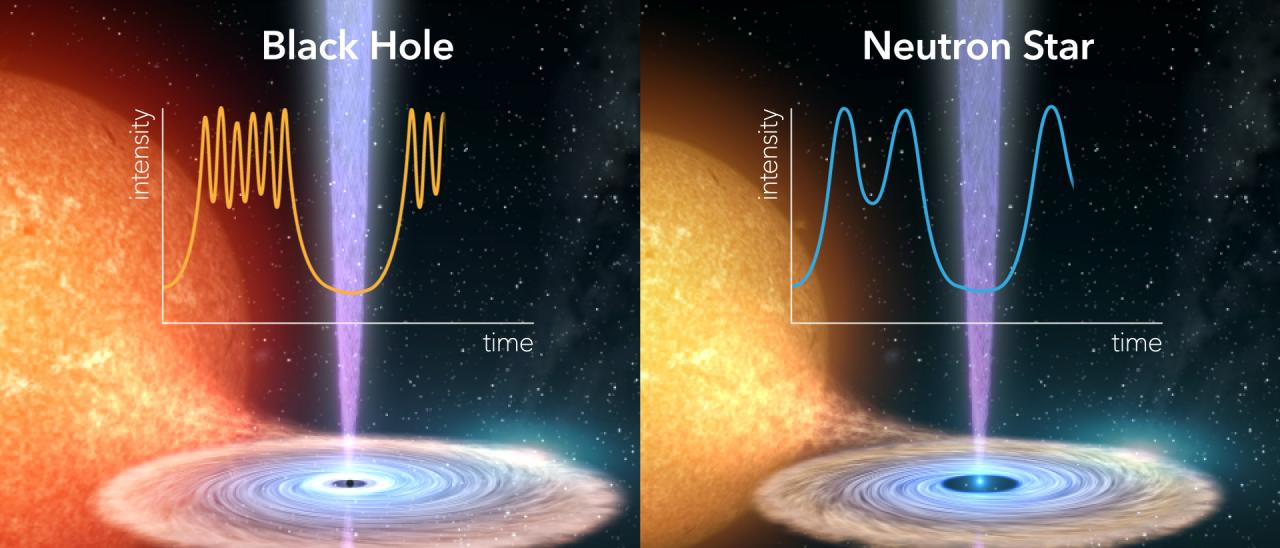The Life Cycle of a Star
The Life Cycle of a Star
Nebula: The Stellar Nursery
A star begins its life as a vast cloud of gas and dust called a nebula. Over millions of years, gravity pulls this material together, forming a dense core.
 nebula
nebula
Protostar: The Birth of a Star
As the core of the nebula collapses, it becomes hotter and denser, eventually forming a protostar. Nuclear fusion hasn’t started yet, but the protostar continues to grow by attracting more gas and dust.
 protostar
protostar
Main Sequence: A Stable Star
Once the core temperature reaches about 15 million degrees Celsius, nuclear fusion begins, converting hydrogen into helium. This process releases enormous amounts of energy, stabilizing the star. Our Sun is currently a main sequence star.
 main sequence star
main sequence star
Red Giant: Aging and Expansion
As hydrogen fuel begins to deplete, the star’s core contracts, while the outer layers expand, cooling and becoming redder. The star enters the red giant phase.
 red giant
red giant
Planetary Nebula: Shedding Outer Layers
As a red giant runs out of helium fuel, it expels its outer layers, creating a beautiful glowing shell called a planetary nebula. The remaining core becomes a white dwarf.
 planetary nebula
planetary nebula
White Dwarf: Cooling Ember
A white dwarf is a small, dense remnant of a star that has exhausted its nuclear fuel. It slowly cools over billions of years, eventually becoming a black dwarf.
![]() white dwarf
white dwarf
Supernova: Explosive End for Massive Stars
For stars much more massive than our Sun, the end is more dramatic. When these stars run out of fuel, they collapse and explode in a violent supernova, scattering elements across space.
 supernova
supernova
Neutron Star or Black Hole: Remnants of Massive Stars
After a supernova, the core of the star can either become an incredibly dense neutron star or, if the star is massive enough, a black hole with a gravitational pull so strong that nothing can escape.
 Black Hole & Neutron Star
Black Hole & Neutron Star